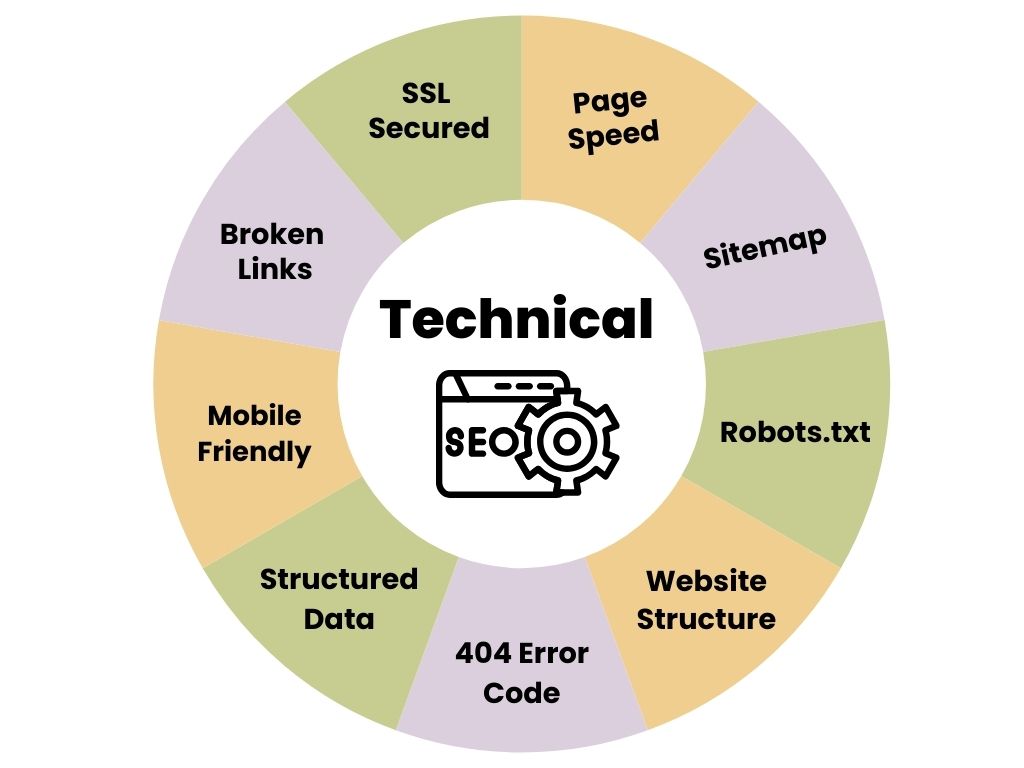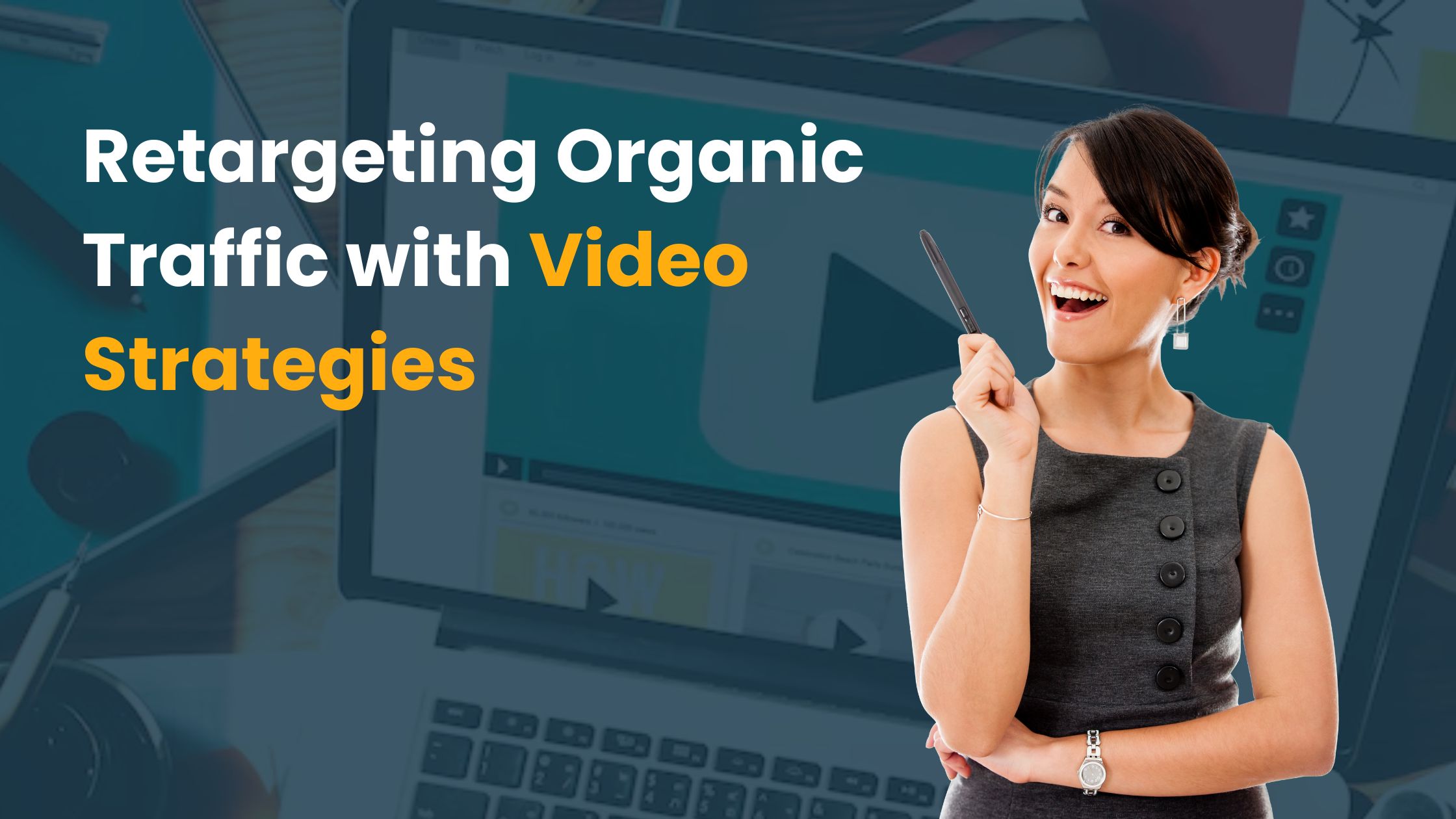LinkedIn implements regular updates which transform the way users view and share content across the platform. LinkedIn Algorithm Update 2025 introduces major changes designed to enhance the quality of content, user interaction, and overall relevance of the feed.
The following blog discusses how the new algorithm operates while addressing what types of content perform best and useful strategies to enhance LinkedIn engagement
How LinkedIn Algorithm Update Works in 2025?
LinkedIn’s algorithm update focuses on delivering highly relevant and engaging content to users. The process includes several key stages to determine content visibility in user feeds:
Quality Filtering
- The initial action LinkedIn takes is classifying all posts into three categories: Spam, Low-quality, or High-quality content.
- Posts that are promotional, poorly written, or too self-serving can be filtered out immediately.
- High-quality posts are those that adhere to platform rules, do not use clickbait, and offer real value to the audience.
Engagement Testing
If your content passes the quality filter, it enters a test phase, where it’s shown to a small segment of your network. The algorithm closely observes early LinkedIn engagement metrics such as:
- Likes
- Comments
- Shares
- Dwell time (how long users view your content)
This stage is critical because initial engagement signals help the algorithm determine whether the post is worthy of broader distribution.
Network & Relevance Ranking
Once the post proves its engagement potential, LinkedIn starts distributing it to a wider audience based on network relevance. The algorithm assesses:
- Connection strength (first-degree vs second- or third-degree connections)
- Professional relevance (industry, role, interests)
- Past interactions (who frequently engages with your content)
The goal is to surface content that each user is most likely to find helpful or interesting, keeping their feed engaging and valuable.
Key Features of the 2025 LinkedIn Algorithm Update
Updates in Content Prioritization
LinkedIn now prioritizes value-driven content that sparks thoughtful conversations. Content that informs, educates, or encourages professional dialogue is given precedence over promotional or self-serving posts. This shift ensures the feed remains insightful and boosts engagement.
Focus on Passive Dwell Time
A significant enhancement is the increased importance of passive dwell time—how long users spend simply reading or watching content, even without reacting. This indicates content quality and user interest beyond likes or comments.
Quality Over Quantity for Comments
The algorithm now weighs comment quality over volume. A few in-depth, meaningful comments can elevate your post’s visibility more than dozens of shallow ones. The goal is to encourage richer discussions, not just quick reactions. Infact, comments over 10 words lead to 2.5x more reach.
Emphasis on Expertise and Knowledge Sharing
LinkedIn favours posts from subject matter experts or those sharing original insights, case studies, and professional experiences. Knowledge-sharing and niche expertise drive credibility and stronger visibility.
First-Degree Connection Priority
Content from first-degree connections continues to receive a higher ranking in user feeds. LinkedIn’s algorithm emphasizes professional networking and relevance, favouring people you actively engage with or have meaningful connections with.
Decline of Clickbait & Low-Value Content
LinkedIn has become stricter about suppressing clickbait and engagement-baiting techniques (e.g., “Like if you agree,” “Tag a friend”). Posts that use manipulative tactics without adding value are not prioritized in the feed.
Emphasis on “The Golden Hour.”
The first hour after posting remains critical. High initial engagement signals quality and prompts the algorithm to push the content further. Posting at the right time and encouraging early interaction can significantly impact reach.
Preference for Native Content
LinkedIn gives higher visibility to native content—text posts, documents, carousels, and videos published directly on the platform—rather than external links. As a matter of fact, carousels and PDFs perform 1.9x better than standard posts.
What Types of Content Perform Best on LinkedIn?
If you want to stand out and build meaningful engagement on LinkedIn, the type of content you share matters. Here are the formats that consistently perform well:

Question-Based Posts
Asking thought-provoking questions encourages conversations. It invites your audience to share their thoughts, experiences, and opinions, boosting engagement.
Example: What’s one mistake you made early in your career that taught you a valuable lesson?
Conversational Content
Content that sounds natural and human tends to resonate better. Instead of using formal, rigid language, opt for a more relatable tone—almost like you’re speaking directly to your audience.
Example: “When I started my first job, I had no idea how to speak up in meetings. Here’s how I learned…”
Visual Content
Incorporate images, infographics, carousels, or short videos in your LinkedIn content strategy to grab attention quickly in a crowded feed. Visuals communicate ideas quicker and make the message stick.
Infact, including visual content like infographics makes 36% longer dwell time.
Tip: Utilize high-quality visuals that reinforce the message, not divert attention from it.
Value-Driven Content
Sharing tips, industry insights, or practical advice makes you an expert. Your audience will be more inclined to share and engage with content that educates them on something useful.
Tip: Post between 800-1000 words for 26% improved engagement.
Example: “5 key trends every marketer should watch this year.”
Event Coverage
Whether you’re attending, hosting, or speaking at an event, sharing highlights and key takeaways builds credibility and adds a human element to your content. It also helps you connect with others who are part of the same community or event.
Example: “Here are three insights I took away from yesterday’s digital marketing summit.”
Bite-Sized Advice
Short, actionable tips are easy to consume and save. They offer immediate value and are often shared by others in your network.
Example: “Struggling with LinkedIn engagement? Try these three quick changes to your post format.”
How to Optimize Your Content for the LinkedIn Algorithm?
- Craft Original, Unique Content to Spark Conversations
Share authentic, value-driven content that encourages engagement. Avoid generic posts—focus on insights, stories, or fresh perspectives.
- Use Relevant Hashtags and Tag Thoughtfully
Limit hashtags to 3–5 relevant ones. Tag people or companies only when they add context or value to your post.
- Balance Links with Value
External links reduce reach. If needed, share them in the comments and ensure your post still delivers standalone value.
- Leverage Employee Advocacy
Encourage employees to share and engage with company posts. It expands the organic reach and builds trust through authentic voices.
- Schedule Posts for Optimal Times
Post on weekdays between 8–10 AM or 4–6 PM for maximum visibility. Avoid weekends unless your audience is highly active.
- Build Your Network with Intent
Connect with people in your niche or industry. Strong professional networking improves content visibility and engagement.
- Analyze Your Post Metrics with Analytics
Monitor impressions, clicks, comments, and shares. Use insights to refine your LinkedIn content strategy and improve performance over time.
Common LinkedIn Mistakes and How to Fix Them
Posting Like It’s Facebook
Solution:
- Keep your tone professional and purposeful—LinkedIn isn’t Facebook.
- Share business insights, industry trends, or career experiences.
- Avoid overly casual or personal updates.
Too Much Self-Promotion, Too Little Value
Solution:
- Offer helpful tips, insights, or thought leadership content.
- Educate and engage your audience before promoting your product or service.
- Maintain a balance between value-driven content and promotional content.
Ignoring What the Data Says
Solution:
- Use LinkedIn Analytics to monitor reach and engagement.
- Identify what content performs best and double down on those formats.
- Adjust posting frequency and content style based on results.
Falling Behind on Content Trends
Solution:
- Stay updated on popular post formats like carousels.
- Take advantage of video marketing.
- Use trending industry hashtags when relevant.
- Keep your content style fresh and aligned with platform behavior.
Sending Cold, Generic Connection Requests
Solution:
- Always personalize your request with a brief, relevant message.
- Mention shared interests, groups, or reasons for connecting.
- Start building rapport from the first interaction.
Posting and Logging Off Immediately
Solution:
- Posting and disappearing hurts reach—your post loses momentum fast.
- Timely replies boost visibility and signal value to the algorithm.
- Reply to comments within 30 minutes to keep the conversation alive and maximize reach.
Posting Only Once in a While
Solution:
- Aim for consistent posting—ideally, 2 to 4 times per week.
- Build a content calendar to stay organized.
- Show up regularly to stay visible and top-of-mind.
Interesting Fact: LinkedIn Pages that post weekly have 5.6x more followers and experience 7x faster growth than those that post monthly.
Writing in Dense Paragraphs
Solution:
- Use short, clear paragraphs and break up your text.
- Add white space, bullets, and line spacing for easier readability.
- Keep it mobile-friendly and easy to scan quickly.
Conclusion
Achieving success on LinkedIn today goes beyond regular posting since businesses need to deliver purposeful content that aligns with their connections’ preferences. The LinkedIn Algorithm Update 2025 directs businesses to concentrate on engagement development through content originality and network relevance. By aligning your approach with the latest algorithm priorities, you can strengthen your visibility, build authority, and create lasting professional impact.
Need expert guidance on LinkedIn marketing? Talk to us now
FAQ





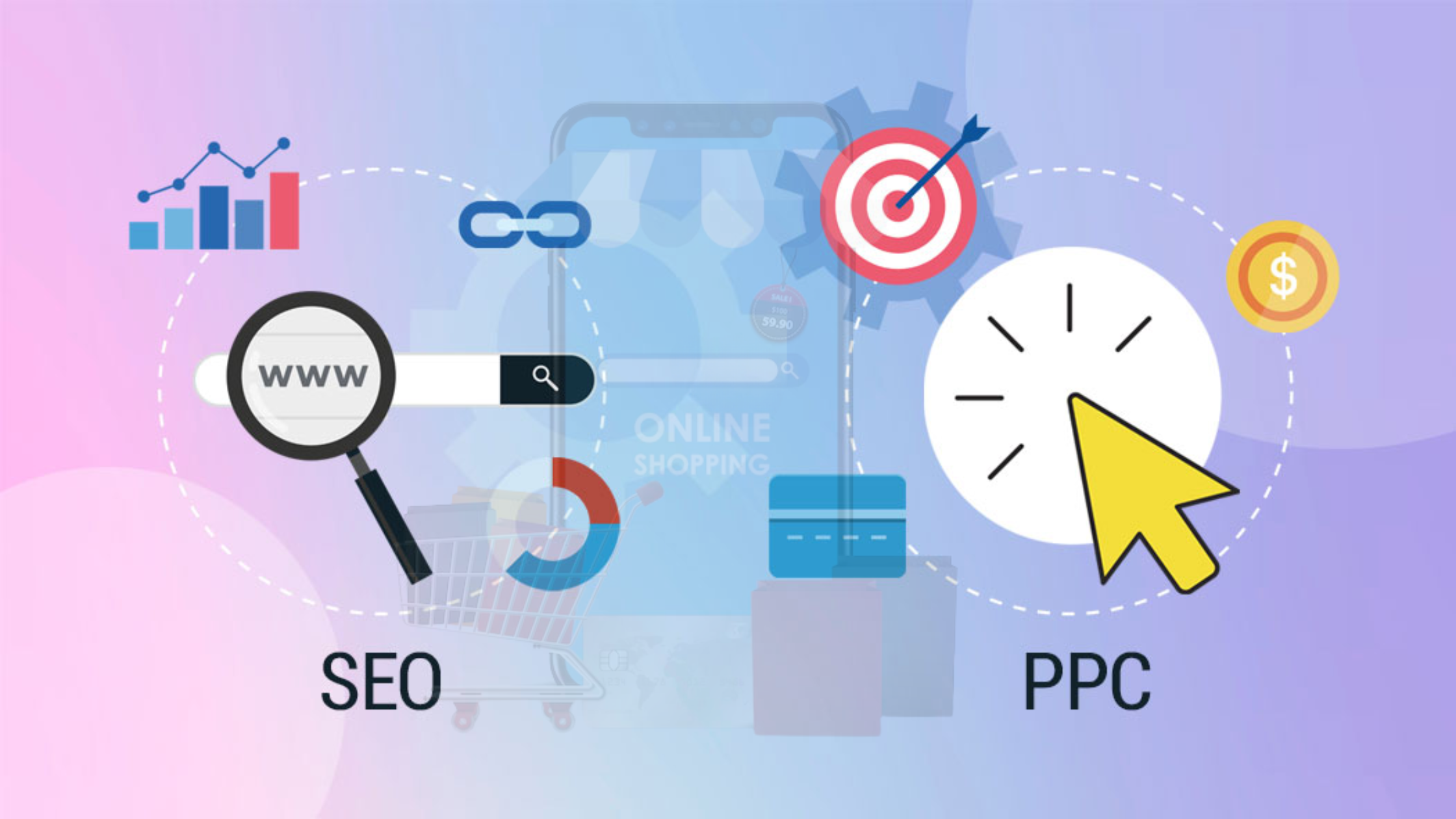

 It helps you to:
It helps you to: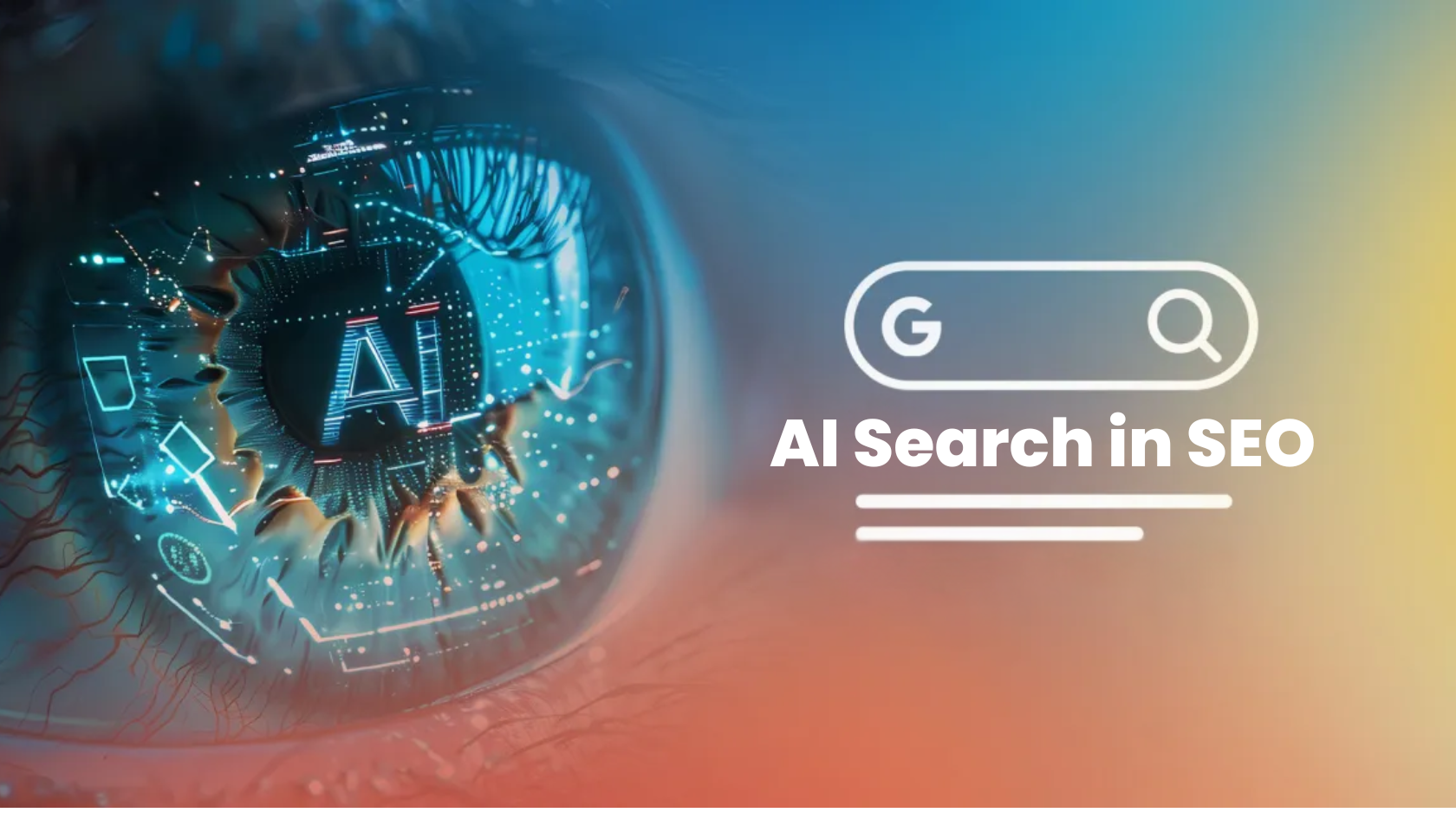

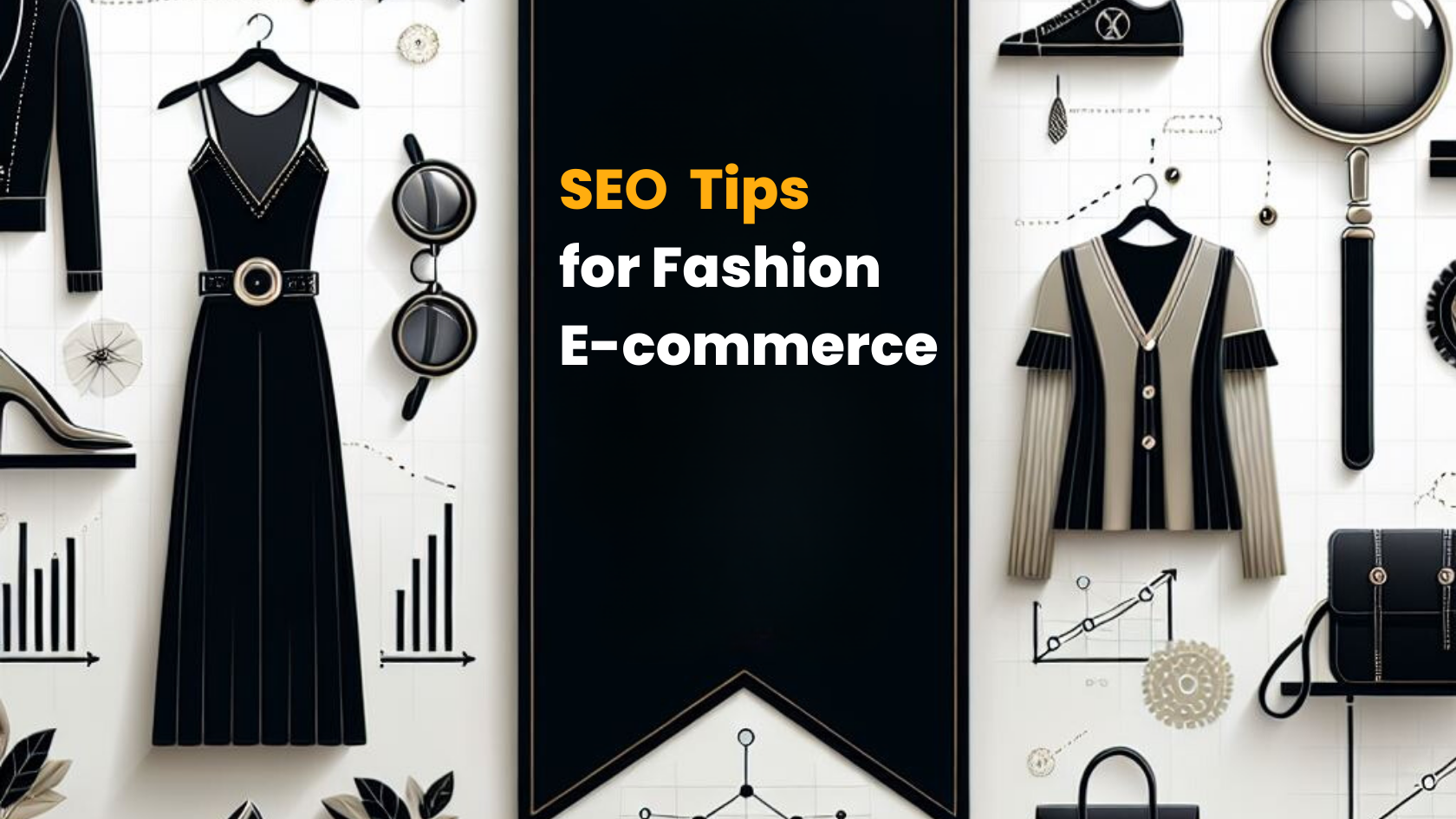
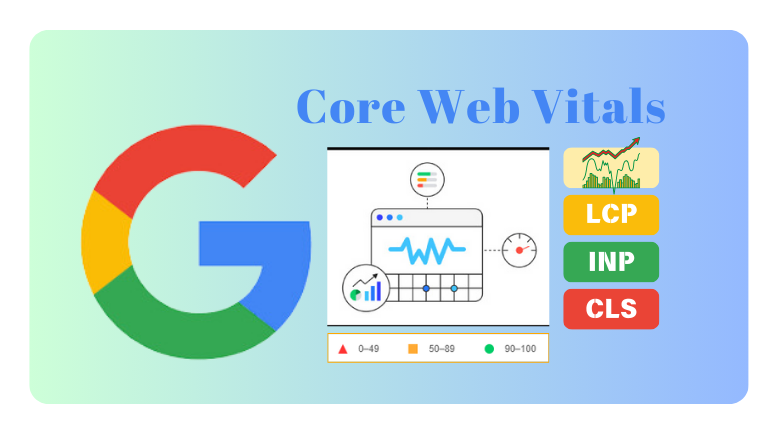 Reduce Image & Video Sizes: Implement WebP formats and utilize advanced compression technologies.
Reduce Image & Video Sizes: Implement WebP formats and utilize advanced compression technologies.